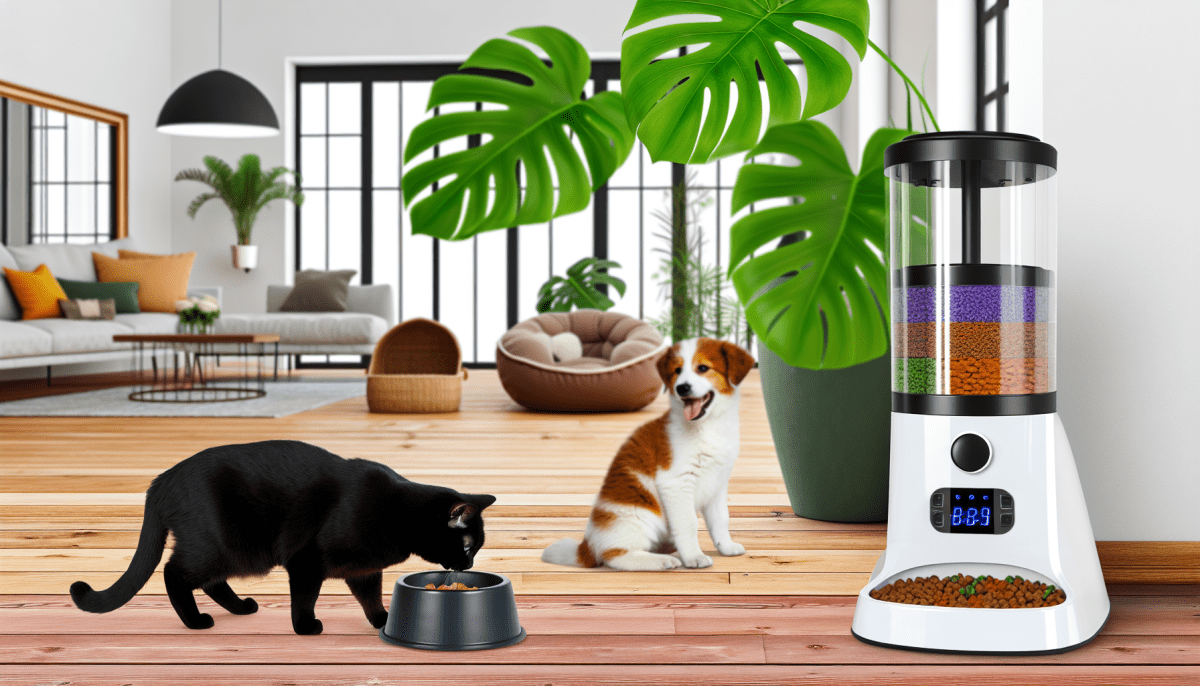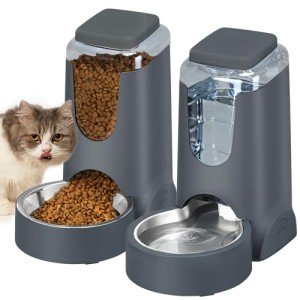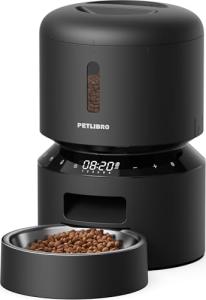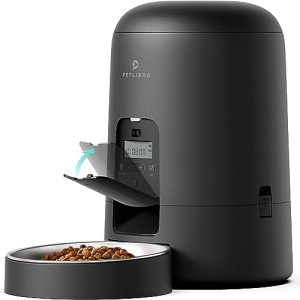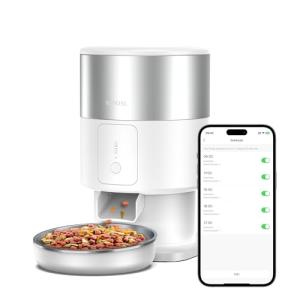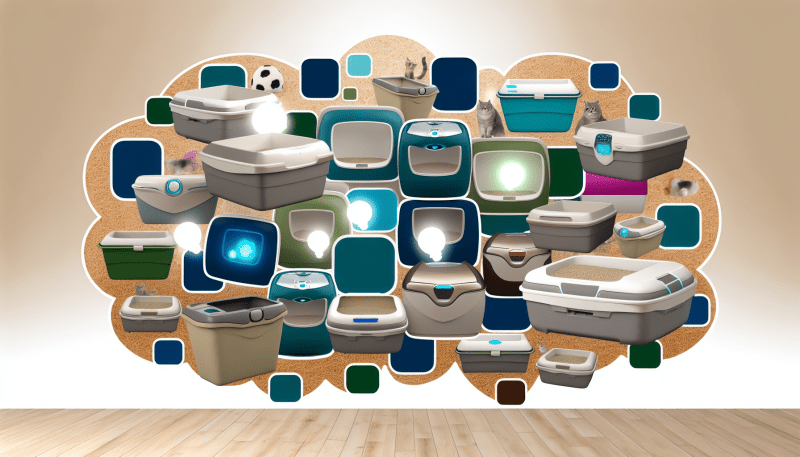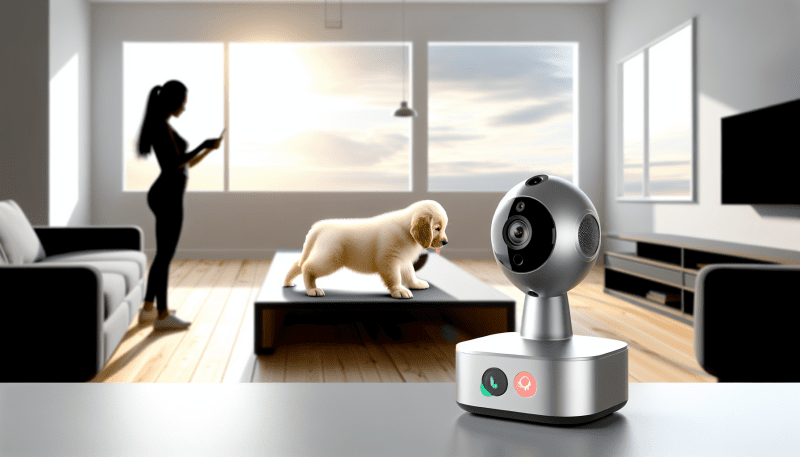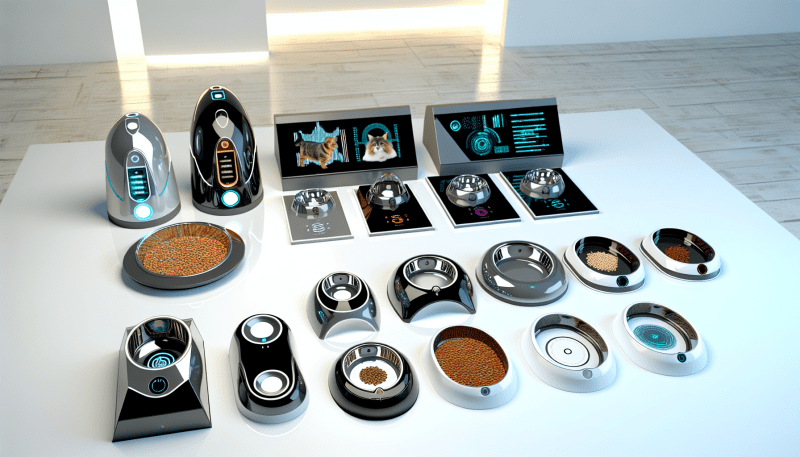Unlock Stress-Free Feeding: Your Guide to Optimal Smart Pet Feeder Scheduling
The age of the smart home has extended its paw (or fin, or wing!) into pet care, and the smart pet feeder is a game-changer for busy owners. Offering convenience, consistency, and even peace of mind when you're away, these devices can revolutionize your pet's mealtime routine. However, simply plugging in your new feeder isn't enough to reap its full benefits. Optimal scheduling is key to ensuring your furry, scaled, or feathered friend receives the right amount of food at the right times.
This guide will walk you through the essential steps to set up your new smart pet feeder for optimal scheduling, ensuring a happy and healthy feeding routine for your beloved companion.
1. Initial Setup and App Connection:
Before you even think about scheduling, you'll need to get your feeder up and running. This typically involves:
- Unboxing and Assembly: Carefully unpack your feeder and assemble any detachable parts according to the manufacturer's instructions.
- Powering On: Plug in the feeder and ensure it's receiving power.
- App Download and Account Creation: Most smart feeders come with a dedicated mobile app.
Download it from your app store and create an account. - Connecting to Wi-Fi: Follow the app's instructions to connect your feeder to your home Wi-Fi network. This is crucial for remote control and scheduling.
- Calibrating Portion Sizes: This is a critical step. The app will likely guide you through calibrating the portion sizes. This usually involves dispensing a specific amount of food and confirming the weight or volume within the app.
Accurate calibration prevents overfeeding or underfeeding.
2. Understanding Your Pet's Feeding Needs:
Before diving into the scheduling features, take a moment to consider your pet's individual needs:
- Age and Breed: Puppies and kittens, as well as certain breeds with specific dietary requirements, will have different feeding schedules than adult animals.
- Weight and Activity Level: An active dog will likely need more food than a sedentary cat.
Consult your veterinarian for recommended daily caloric intake and portion sizes. - Current Feeding Routine: If your pet is already on a consistent feeding schedule, try to maintain a similar pattern with the smart feeder to minimize disruption.
- Medical Conditions: Pets with diabetes or other health issues may require very precise and timely feeding schedules. Work closely with your vet to determine the optimal plan.
3. Navigating the Scheduling Features:
Once your feeder is connected and you understand your pet's needs, it's time to explore the scheduling options within the app. While interfaces vary, most smart feeders offer similar functionalities:
- Setting Meal Times: You'll be able to set specific times for each meal to be dispensed.
Aim for consistency, even on weekends, to regulate your pet's metabolism. - Adjusting Portion Sizes: Based on your calibration and veterinarian's recommendations, you can set the exact portion size for each scheduled meal.
- Multiple Meal Schedules: Many feeders allow you to schedule multiple meals throughout the day, which is beneficial for pets who thrive on smaller, more frequent feedings.
- Manual Dispensing: Most apps also offer a manual dispensing option, allowing you to give your pet an extra treat or adjust feeding times on the fly.
- Delay Function: Some feeders have a delay function, allowing you to set a feeding to occur a certain number of hours or minutes in the future. This can be useful if you're running slightly late.
4. Implementing Your Optimal Schedule:
Now, it's time to put it all together and create your pet's optimal feeding schedule:
- Start with Consistency: Aim for regular mealtimes that align with your pet's natural rhythm and your daily routine.
- Distribute Food Evenly: If your pet eats multiple times a day, try to distribute the total daily food allowance evenly across those meals.
- Consider Weekends and Travel: Think about how your schedule might differ on weekends or when you're traveling. Some apps allow you to create different schedules for different days or to manually adjust feedings remotely.
- Utilize Portion Control: Stick to the recommended portion sizes to prevent overfeeding and maintain a healthy weight for your pet.
- Leverage Notifications: Enable app notifications to receive alerts when a feeding has been dispensed, ensuring your pet has been fed as scheduled.
5. Monitoring and Adjusting:
Setting up the initial schedule is just the beginning. It's crucial to monitor your pet's response and make adjustments as needed:
- Observe Your Pet's Behavior: Pay attention to your pet's hunger cues, energy levels, and weight. Are they eagerly awaiting their meals? Are they gaining or losing weight unexpectedly?
- Check Food Levels Regularly: Ensure the feeder has enough food to dispense scheduled meals. Most smart feeders have low-food level indicators in the app.
- Review Dispensing History: The app usually keeps a log of when and how much food was dispensed.
Review this to ensure the schedule is working as intended. - Don't Be Afraid to Adjust: If you notice any issues or your pet's needs change, don't hesitate to adjust the feeding times or portion sizes within the app. Consult your veterinarian if you have any concerns about your pet's diet or weight.
Troubleshooting Common Issues:
- Wi-Fi Connectivity Issues: Ensure your home Wi-Fi is stable and the feeder is within range. Check the manufacturer's troubleshooting guide.
- Food Jams: Use the recommended size and type of kibble for your feeder. Regularly clean the dispensing mechanism to prevent jams.
- Inaccurate Portion Sizes: Recalibrate the portion sizes within the app if you suspect inconsistencies.
- App Glitches: Ensure your app is updated to the latest version. Contact the manufacturer's support if issues persist.
Conclusion:
Setting up your new smart pet feeder for optimal scheduling requires careful consideration of your pet's individual needs and the features of your device. By following these steps, you can create a consistent, healthy, and stress-free feeding routine that benefits both you and your beloved companion. Embrace the convenience and control that smart technology offers, and enjoy the peace of mind knowing your pet is being fed reliably, even when life gets busy. Remember, consistent monitoring and a willingness to adjust are key to maximizing the benefits of your smart pet feeder.
